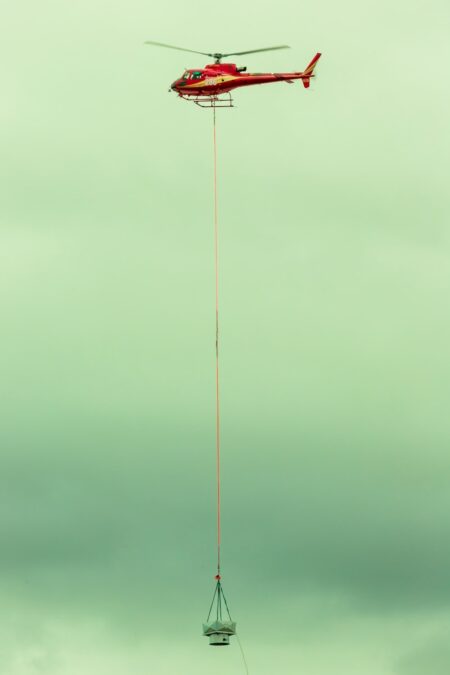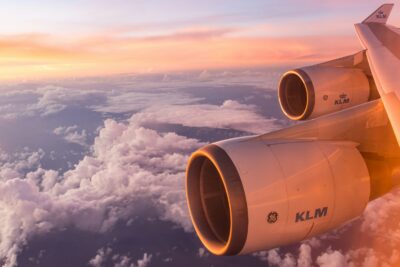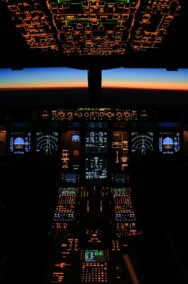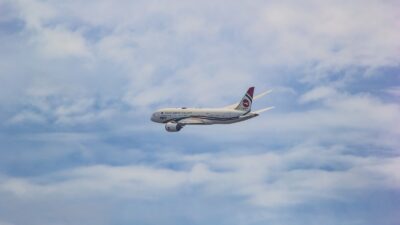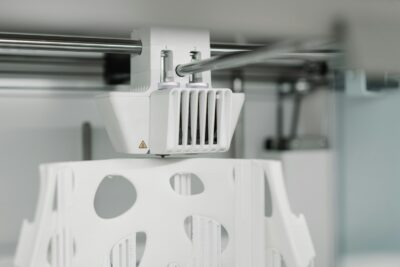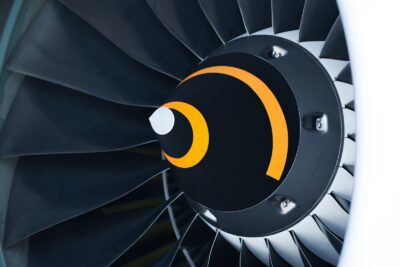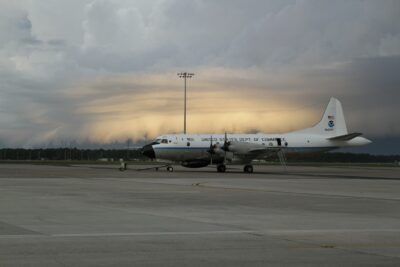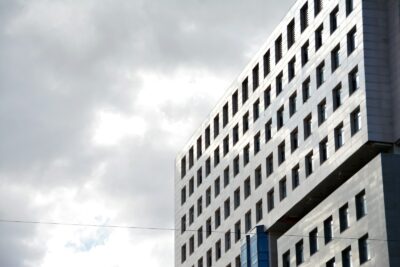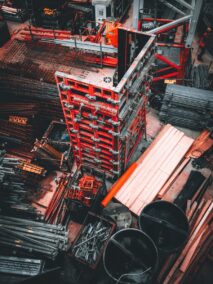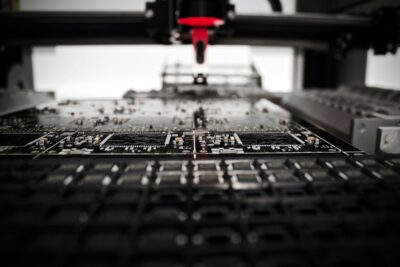Enhanced Durability and Reduced Maintenance with Composite Materials in Aircraft Construction
Introduction to Composite Materials in Aviation
In the rapidly evolving aerospace industry, composite materials in aircraft construction have become a cornerstone for innovation and efficiency. As airlines and manufacturers seek to improve the longevity and performance of their fleets, the use of advanced materials has proven indispensable. Composite materials, which are engineered by combining two or more constituent materials with significantly different physical or chemical properties, offer numerous advantages over traditional metal alloys. Particularly in regions like Saudi Arabia and the UAE, where harsh environmental conditions can exacerbate wear and tear, the adoption of these materials is transforming aviation. By addressing issues such as corrosion and fatigue, composite materials significantly enhance the operational lifespan and reduce the maintenance costs of aircraft.
Reducing Corrosion and Fatigue in Aircraft
One of the most compelling reasons for the widespread adoption of composite materials in aircraft construction is their superior resistance to corrosion and fatigue. Traditional metals like aluminum, commonly used in aircraft, are highly susceptible to corrosion, especially in humid and salty environments typical of the Middle East. In contrast, composite materials, such as carbon fiber reinforced polymers, are inherently resistant to such degradation. This resistance not only prolongs the structural integrity of the aircraft but also minimizes the need for frequent and costly maintenance checks. Additionally, the fatigue resistance of composites ensures that aircraft can withstand the cyclical stresses of take-offs and landings without significant material degradation, thereby enhancing safety and reliability.
Economic Benefits of Using Composite Materials
The economic advantages of incorporating composite materials in aircraft construction are substantial. By mitigating issues related to corrosion and fatigue, these materials contribute to a notable reduction in maintenance costs. For airlines operating in high-temperature and high-humidity regions like Riyadh and Dubai, this translates to significant operational savings. Moreover, the extended service life of aircraft made from composite materials means that airlines can maximize their return on investment over a longer period. This durability not only reduces the frequency of part replacements but also lessens the downtime associated with maintenance, ensuring that aircraft spend more time in the air generating revenue.
Case Studies: Success Stories from Saudi Arabia and the UAE
Several case studies highlight the successful implementation of composite materials in aircraft construction within Saudi Arabia and the UAE. For instance, Saudi Arabian Airlines has integrated advanced composite materials in their latest fleet of aircraft, resulting in improved performance and reduced maintenance requirements. Similarly, Emirates Airlines in Dubai has adopted these materials to enhance the efficiency and durability of their aircraft. These airlines report fewer incidents of corrosion-related issues and longer intervals between major maintenance overhauls. These real-world examples underscore the tangible benefits of using composite materials, particularly in challenging environmental conditions.
Technological Advancements in Composite Materials
The ongoing advancements in composite material technology continue to push the boundaries of what is possible in aircraft construction. Researchers and engineers are constantly developing new composites that offer even greater strength-to-weight ratios, improved resistance to environmental factors, and enhanced durability. Innovations such as nano-reinforced composites and hybrid materials are set to further revolutionize the industry. In the context of Saudi Arabia and the UAE, these advancements are particularly significant as they align with the region’s ambitions to be at the forefront of aerospace technology and innovation.
Future Prospects and Conclusion
Looking forward, the use of composite materials in aircraft construction is poised to become even more prevalent. As the aerospace industry continues to evolve, the demand for materials that offer superior performance, longevity, and cost-efficiency will only grow. For business executives, mid-level managers, and entrepreneurs in the aviation sector, understanding and leveraging these materials will be crucial for maintaining a competitive edge. In regions like Saudi Arabia and the UAE, where environmental challenges are significant, the adoption of composite materials represents not just a technological advancement but a strategic imperative for sustained business success.
In conclusion, the integration of composite materials in aircraft construction is a game-changer for the aerospace industry. By addressing critical issues such as corrosion and fatigue, these materials enhance the durability and reduce the maintenance costs of aircraft, offering significant economic benefits. As technological advancements continue to unfold, the future of aviation looks increasingly reliant on these innovative materials. For industry leaders in Saudi Arabia and the UAE, staying abreast of these developments will be key to driving growth and maintaining a leading position in the global aviation market.
—
#CompositeMaterials, #AircraftConstruction, #AerospaceTechnology, #AviationInnovation, #CorrosionReduction, #FatigueResistance, #SaudiArabia, #UAE, #Riyadh, #Dubai

